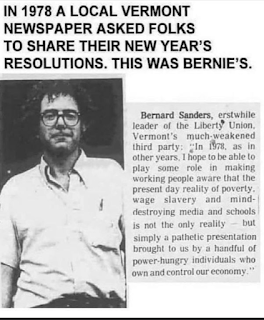The highway cabal is alive and well in 2022. The highway growth machine is an antiquated giant that keeps chewing up transportation budgets while doing nothing to alleviate the congestion. The media is more than happy to continually produce content detailing how wonderful each new highway project will be. For example, I-94 project about progress, connection. Sadly, the results are never as promised.
Milwaukee has made major highway investments in the Plainfield Curve, the Marquette Interchange and the Zoo Interchange, among others, over the past few decades. All these resources and money have done nothing to alleviate traffic congestion or make commutes any smoother for drivers. In fact, it has made things much worse. The roads, and routes, are more complicated and congested than ever. Travel times have increased, not decreased.
The political power of the highway cabal is evidenced by the fact that induced demand is a well-known result of highway expansion, yet we keep expanding highways. As Benjamin Schneider states, "When traffic-clogged highways are expanded, new drivers quickly materialize to fill them." Or, as Adam Mann out it, "Building bigger roads actually makes traffic worse."
As the report The Congestion Con details:
In an expensive effort to curb congestion in urban regions, we have overwhelmingly prioritized one strategy: we have spent decades and hundreds of billions of dollars widening and building new highways. We added 30,511 new freeway lane-miles of road in the largest 100 urbanized areas between 1993 and 2017, an increase of 42 percent. That rate of freeway expansion significantly outstripped the 32 percent growth in population in those regions over the same time period. Yet this strategy has utterly failed to “solve” the problem at hand—delay is up in those urbanized areas by a staggering 144 percent.
Those new lane-miles haven’t come cheap and we are spending billions to widen roads and seeing unimpressive, unpredictable results in return. Further, the urbanized areas expanding their freeways more rapidly aren’t necessarily having more success curbing congestion—in fact, in many cases the opposite is true.
If we really want to improve transportation safety, access to jobs, and mobility, we should be simply repairing (making safer) the roads we have while improving our modes of public transportation.
For Further Reading:



